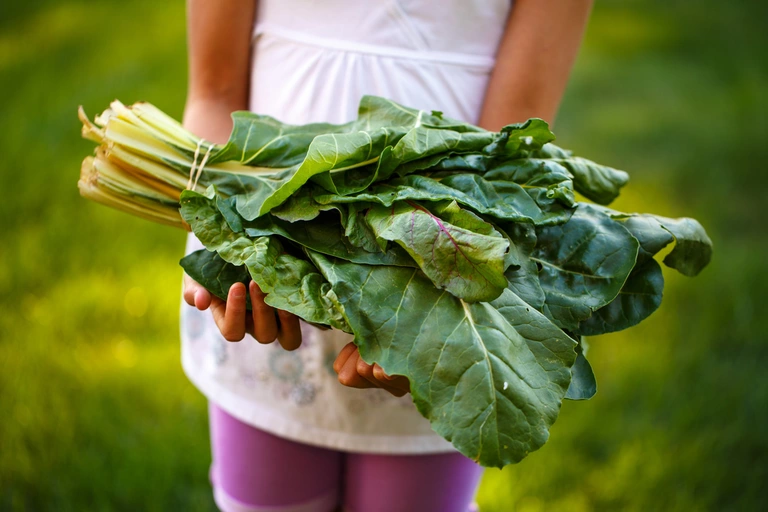
December 12, 2019
Letting all the volunteer Swiss chard grow in the garden is interfering with my sense of orderliness. I have swung back to a more formal preference, with defined borders. I would prefer the chard plants all in a row somewhere, but they are so deep rooted that transplanting them could be a disaster. The garden looks messy, and having hollyhocks coming up everywhere doesn't help..
The yin and yang of gardening neatness changes throughout the seasons, and with our cycles of energy. This winter the more I clean up, the more I want it picture perfect. I was satisfied with pockets of neatness between disorderly areas, but now I'm disenchanted with the areas for insects to overwinter that are not on the perimeter or in the corners..
December 13, 2019
One of the volunteer Swiss chard was growing in the middle of a pathway causing me to cut across the corner of a corn patch. This is not good as I saw the ground getting smushed down and compacted. Removing the plant uncoverd a big fat healthy night crawler. Not walking there allowed it to live close to the surface digesting plant waste and excreting fertilizer, airating the soil and feeding the microbes..
Pathways should be narrow, and preferably mulched thickly, so that you can walk on them without ruining the soils texture. I once thought it would be a good idea to use decomposed granite in the pathways to keep the mud off my feet. I regret it now because the sharp edges of the particles are not worm friendly..
December 14, 2019
Whoever inherits my garden is going to really appreciate how much the soil is improved over it's surrounding red clay. It's black, fluffy and has risen up like a loaf of baked bread. Adding thick layers of compost causes the ground to grow up under it as it gets incorporated into the soil. Worm tunnels account for much of the expansion, which allow water and air to penetrate to the root zone. The black color is caused by the organic matter being so finely broken down that it's now available to the microbes that will process it into what plant root hairs have the ability to absorb..
Trickle down economics is a falicy, but nature intends for plants to be nourished from the flow of organic components from the top of the ground down to the roots. Constantly applying mulch throughout the year is the number one priority in growing healthy soil. Healthy soil will give you healthy plants. Or have I already said this before?..







































